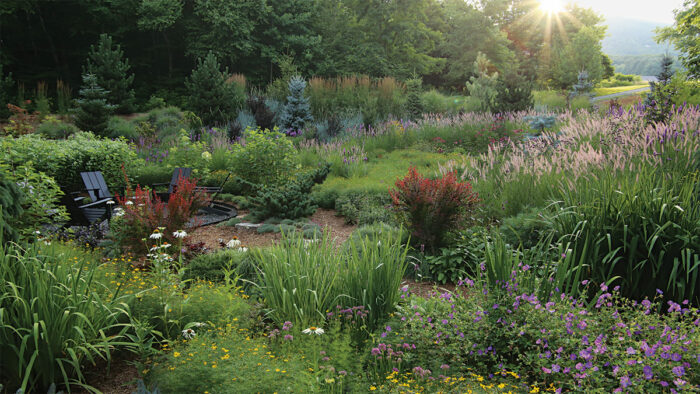
We gardeners, whether we are professional designers or novice plantspersons, can find inspiration in the most unlikely of places. Such was the case when I sat down with a bottle of wine a dozen years ago to watch the original Mary Poppins. When I saw the scene in which the main protagonists jump into the sidewalk chalk painting and are transported into an animated world filled with bright primary colors, loud sounds, spinning carousel horses, and even dancing penguins, I had a cataclysmic response. This is what a garden should be, I thought—an immersive, magical place set apart from the world at large, a place where things appear larger and brighter and the imagination is free to soar. My life, both personal and professional, changed that night.
 See a Video Tour of this Garden
See a Video Tour of this Garden

Get a behind-the-scenes tour of a beautiful mountain landscape.
Traditional vs. Stylized Meadow Gardens
Learn more about the differences between a stylized meadow and a traditional meadow design.
A decade later I found myself realizing a lifelong dream of building a house nestled in a North Carolina mountain valley. As with most properties, this one came with a long list of challenges, most notably a sharp drop-off to two natural bogs that fed into a stream. Because of the required setback from the wetland, the septic drain field needed to be sited in the front yard. As a result, dozens of trees had to be removed. The challenge was a welcome one, as I’d never owned a full-sun garden, even though I had designed dozens of them for clients over the years. It seemed that a meadow filled with plants with shallow root systems that would not grow into septic drain lines was the most appropriate and ecologically responsible way to proceed; however, many created meadows look messy. I wanted something homogenous, something pleasing to the eye year-round, yet something that was extremely attractive to birds and pollinating insects. I wanted a “stylized meadow,” and so I set out to create just that—with a certain Mary Poppins aesthetic.
Let the land instruct the layout

The house, of course, was built prior to a single plant being planted. It’s a dogtrot-style building, which means that it’s divided into two separate parts that are connected by an open breezeway, with everything under a common roof. It’s purposely reminiscent of an agricultural building, and I knew its design would feel appropriate within my planned meadow garden. The cedar cladding is stained black to match the black metal roof, a nod to tobacco barns, which were frequently painted black to absorb heat for the curing of the tobacco. In my case, the house color provides a dramatic backdrop to the garden, highlighting the foliage and flower colors brilliantly.
To break up the simple rectilinear shape of the house, I introduced a serpentine gravel pathway that begins at the driveway and runs to the breezeway, which is visually linked to the horizontal siding by groups of embedded stone plinths that run perpendicular to the dwelling. This decision reinforces a tranquil rhythm found throughout the garden. Contemporary black steel edging contains the industrial gray gravel and is interrupted by naturalistic, cut-in boulders that repeat the texture of the stone plinths while adding a third dimension. A secondary, mulched pathway off the main walk leads visitors into the main part of the stylized meadow.
Working from the outermost boundary of the front yard in toward the house, I began by creating a street-side berm to give me a degree of separation from the road and to keep water from running across the septic field garden. My love for conifers, both native and nonnative (but all zone-appropriate), is evident here, and these trees provide a loose forest-edge boundary to the garden that they frame. From there, the eye is intentionally directed downward with concentric circles of specific groupings of plants. This accentuates the bowl shape of the land and gives the space a labyrinth-like feel. This layout also provided an opportunity to create a circular seating area at the epicenter, which acts much like the stage in an amphitheater. It allows the garden to be experienced at ground level and makes visitors feel like they are immersed in the stylized meadow. Once you are seated in the Adirondack chairs at the bottom, however, your eye is drawn back upward by the trees and vertical grasses. The layout of the garden was largely influenced by topographical challenges at the site, but also by a desire to make the meadow a place where people were embraced by the landscape.
A bowl-like layout with infinite interest

The front yard presented a lot of challenges, but a lot of opportunities as well. A roadside berm was built to direct water away from the septic field below, which left the land carved out into a bowl shape. The topographical layout led to a garden design that mimics a garden amphitheater, complete with a seating area “stage” at the center. The site plan illustrates how when you enter this four-season garden you feel embraced by and ensconced in beauty.
- Swaths of fountain grass, coreopsis, and salvia
- Conifers and heathers
- Seating area with panicle hydrangeas
- Groupings of native plants
- Berm with conifers and ornamental grasses
Plant select species in rhythmic patterns
People generally feel more at ease when they can see a simplicity in patterns. For that reason, I began planting the meadow by laying out prominent shapes. A grouping, or shape, may be comprised of 150 ornamental grasses, for example, but the human brain reads that group as one unit, not 150 individual units. The plants selected for these swaths needed to provide at least two out of the following three attributes: structure, seasonal appeal, and/or pollinator-friendliness. I ultimately relied on a mix of hardworking native and nonnative plants.
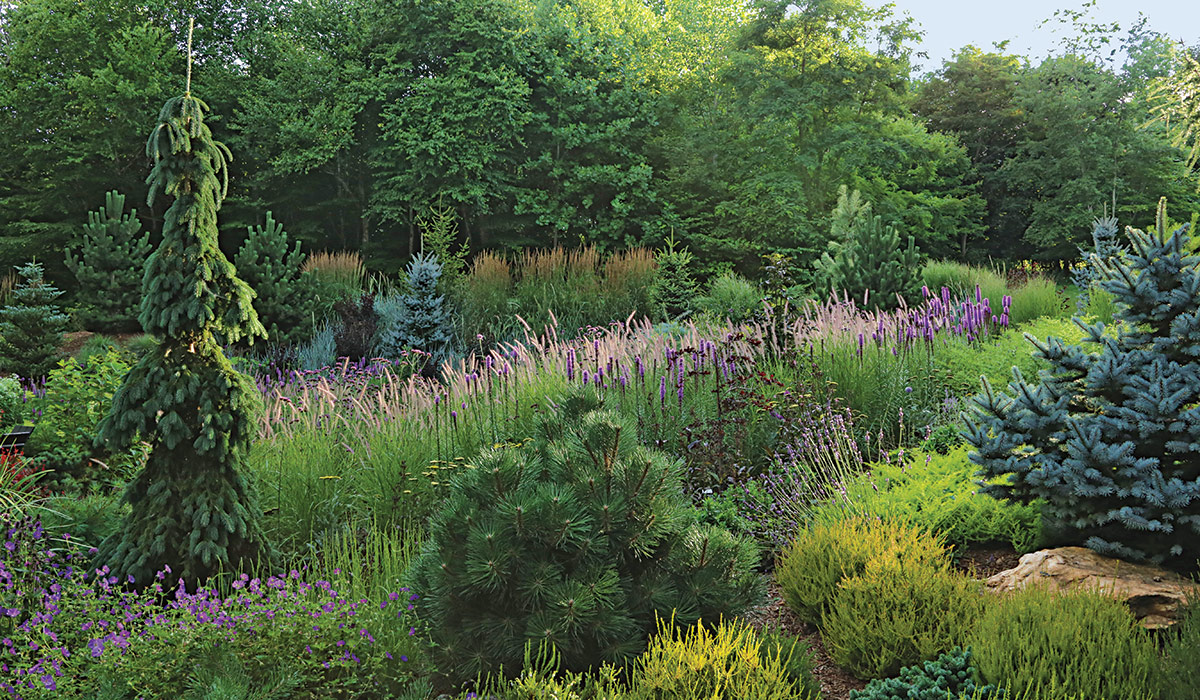
I began by laying out two semicircles of ‘Karley Rose’ fountain grass (Pennisetum orientale ‘Karley Rose’, Zones 5–9). ‘Karley Rose’ appealed to me for its manageable size and the fact that its shallow root system wouldn’t interfere with septic drain lines. Working from this foundational form, I added a complementary sea of yellow ‘Zagreb’ threadleaf coreopsis (Coreopsis verticillata ‘Zagreb’, Zones 3–9) in front of the primary semicircle, and an adjacent river of purple ‘Caradonna’ meadow sage (Salvia nemorosa ‘Caradonna’, Zones 4–8). The latter was interplanted with clusters of ‘Millenium’ allium (Allium ‘Millenium’, Zones 4–8) to extend the bloom season. Although they feature different plants, the grouping shapes are somewhat repeated throughout the garden. In fact, you’ll find a final nod back to the semicircles in the arrangement of the ‘Phantom’ panicle hydrangeas (Hydrangea paniculata ‘Phantom’, Zones 3–8) surrounding the 13-foot circular seating area at the bottom of the bowl.

Two types of columnar shrubs, ‘Orange Rocket’ barberry (Berberis thunbergii* ‘Orange Rocket’, Zones 5–9) and Black Tower™ elderberry (Sambucus nigra ‘Eiffel 1’, Zones 4–8) were added to reinforce the rhythm created by the inlaid stone plinths in the central pathway along the house. I believe that we all have an internal rhythm: our pulse, breathing patterns, and favorite songs that run incessantly through our minds. When a garden has rhythm crafted by meaningful repetition, our internal rhythm connects with it in a peaceful way, causing us to feel comfortable in the space.
The final step of the meadow planting design was to introduce a dose of intrigue by making the garden style less predictable. I call this stage “muddying the waters.” Doing so allows the garden to return to something of a more naturalistic style while still honoring a basic structure. The fountain grass semicircles are peppered with tall purple verbena (Verbena bonariensis, Zones 7–11), New York ironweed (Veronia noveboracensis, Zones 5–9), and several other plant species, including 180 native blazing star (Liatris spicata, Zones 3–9, photo p. 31). There are also some stand-alone swaths that occasionally flirt with the larger primary groupings and include mountain mint (Pycnanthemum muticum, Zones 4–8) and ‘Gold Rush’ black-eyed Susan (Rudbeckia ‘American Gold Rush’, Zones 3–9).
Ensure there are four seasons of interest

One particularly vexing issue with traditional meadows is that in winter they don’t look like much. This presents practical aesthetic problems for a home gardener who wants a landscape to look good even in the off-season. Since my stylized meadow is in the front yard (the most prominent location), and because there are large glass windows along the face of the house, there is always a direct view to the garden—even in winter. So obviously I needed to ensure this meadow had four-season appeal.
One way to accomplish that was by planting a lot of ornamental grasses. ‘Shenandoah’ switchgrass (Panicum virgatum ‘Shenandoah’, Zones 4–9), ‘Blue Dune’ lyme grass (Elymus arenarius ‘Blue Dune’, Zones 4–9), and ‘Karl Foerster’ feather reed grass (Calamagrostis × acutiflora ‘Karl Foerster’, Zones 4–9) all add year-round interest while also helping to secure the roadside berm against erosion (photos above). I leave these grasses in place throughout winter—not cutting them down to the ground until spring—so that I can enjoy the extra structure and watch them dance in the wind through the gloomy months.
The perimeter of the garden contains many nontraditional meadow garden plants such as conifers, heaths (Erica spp. and cvs., Zones 5–7), heathers (Calluna vulgaris and cvs., Zones 4–7), twig dogwoods (Cornus sericea and cvs., Zones 3–8), and coral bark maples (Acer palmatum ‘Sango-kaku’, Zones 5–9). All of these woody plants play an extremely important role in winter. And since winter is much longer in the mountains of North Carolina, their inclusion was a top design priority.
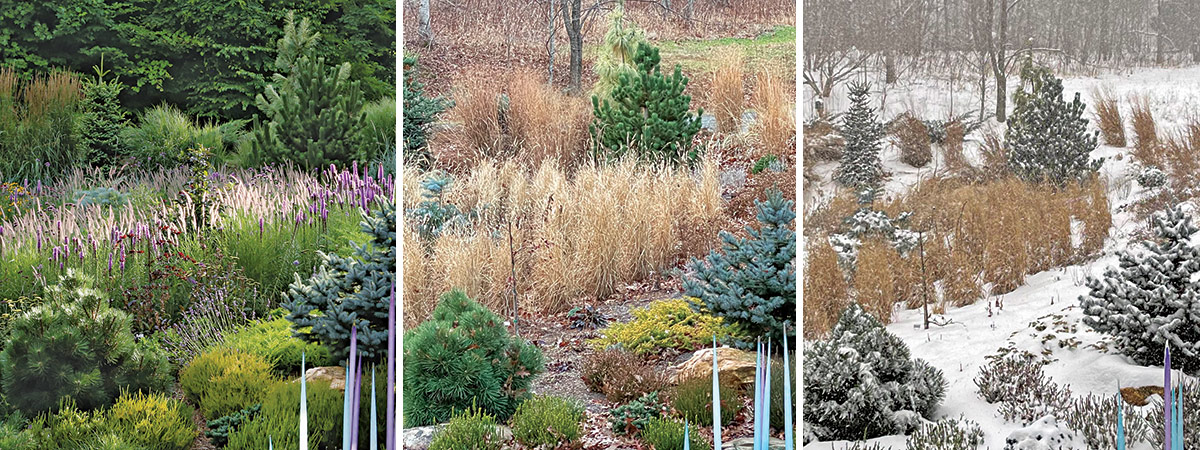
The overall layout of the beds and hardscape provides a strong silhouette too; even when much of the plant material has died back, the outline remains constant. This framework adds to the appeal during the off-season and gives me something interesting to look at from my kitchen even when there’s snow on the ground.
While simply scattering “prairie seed” mixes might ultimately be appealing to wildlife, a meadow needs to have structure, rhythm, repetition, and focal points to appeal to the human brain. Without an order fostered by these essential elements, it’s hard to feel comfortable in a space, and no one will spend time there. Friends and family remark that this garden feels tranquil, that it has a meditative, labyrinth-type vibe. In a world full of division, pandemics, and war, who doesn’t need to feel calm and nurtured? Spending time in this stylized meadow is healing and regenerative. In my mind, this garden, like Mary Poppins, is practically perfect in every way.
*Invasive Alert:
Japanese barberry (Berberis thunbergia)
This plant is considered invasive in AL, CT, DE, GA, IA, IN, KS, KY, MA, MD, ME, MI, MN, NH, NJ, NY, PA, RI, SC, VA, VT, WI, and WV.
Please visit invasiveplantatlas.org for more information.
Jay Sifford is an award-winning landscape designer in North Carolina.
Photos, except where noted: Danielle Sherry
More on stylized meadow gardens:
To see more of Jay’s garden, check out his Garden Photo of the Day submissions:
Fine Gardening Recommended Products

ARS Telescoping Long Reach Pruner
Fine Gardening receives a commission for items purchased through links on this site, including Amazon Associates and other affiliate advertising programs.

Planting in a Post-Wild World: Designing Plant Communities for Resilient Landscapes
Fine Gardening receives a commission for items purchased through links on this site, including Amazon Associates and other affiliate advertising programs.
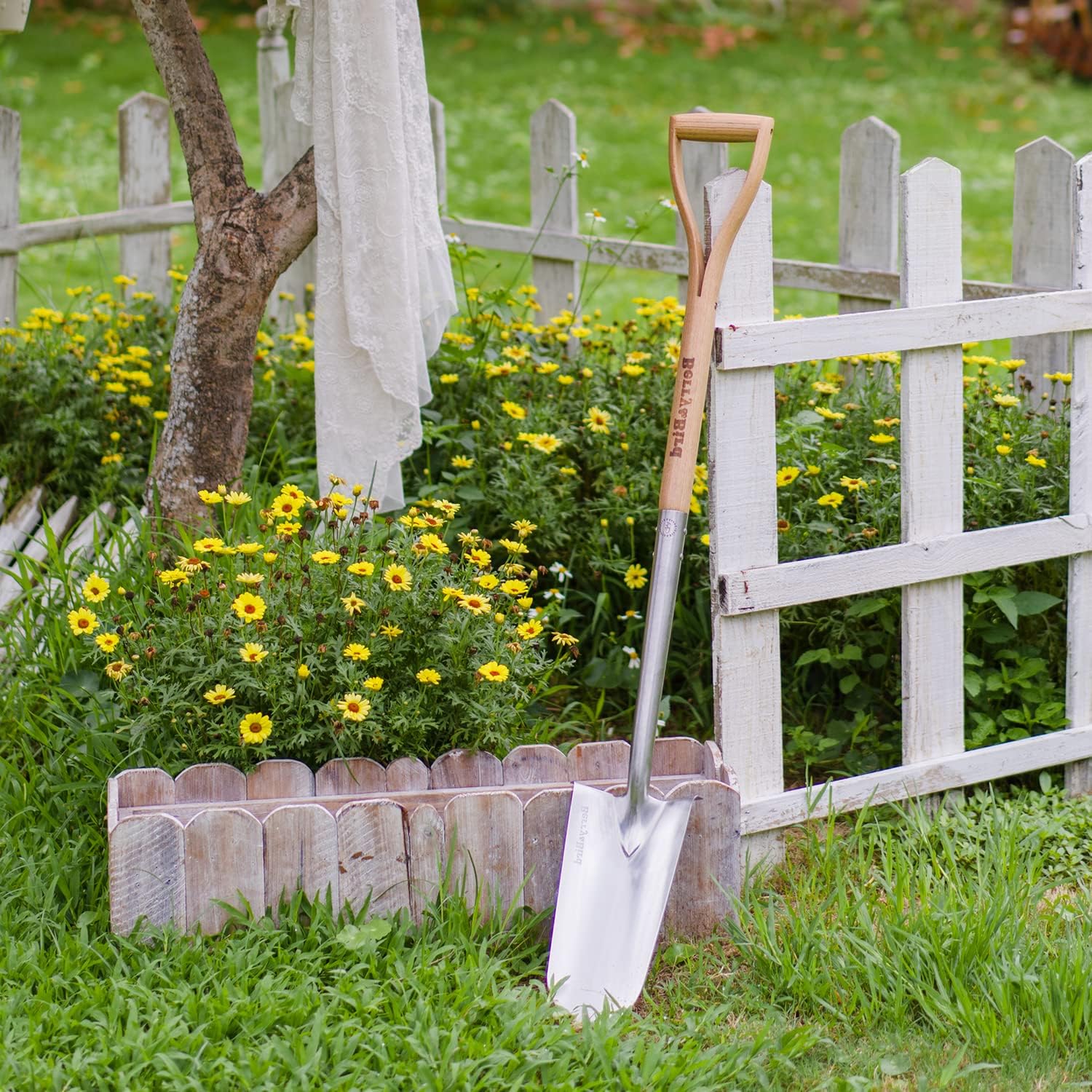
Berry & Bird Rabbiting Spade, Trenching Shovel
Fine Gardening receives a commission for items purchased through links on this site, including Amazon Associates and other affiliate advertising programs.



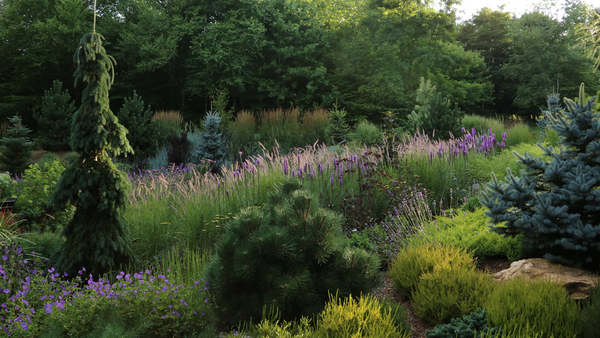



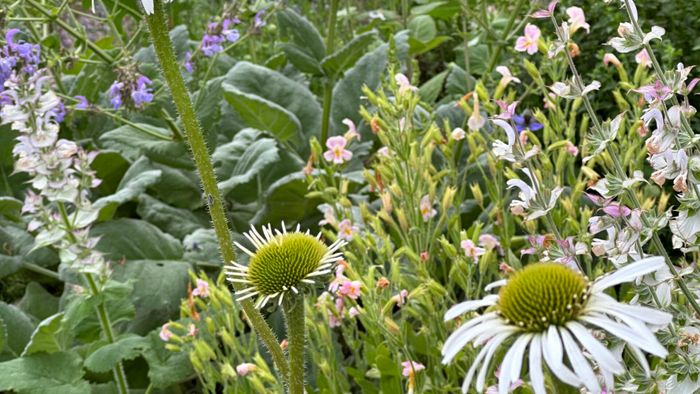
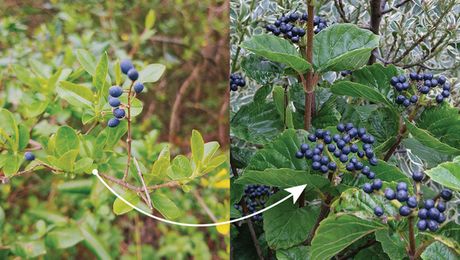
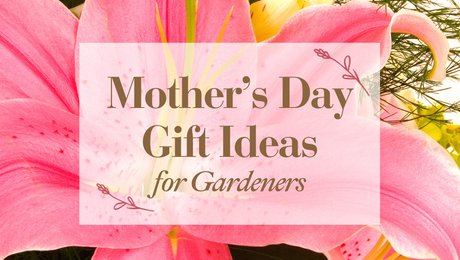










Comments
Log in or create an account to post a comment.
Sign up Log in